Cholecystectomy in dogs and cats
Опубліковано
18.04.2024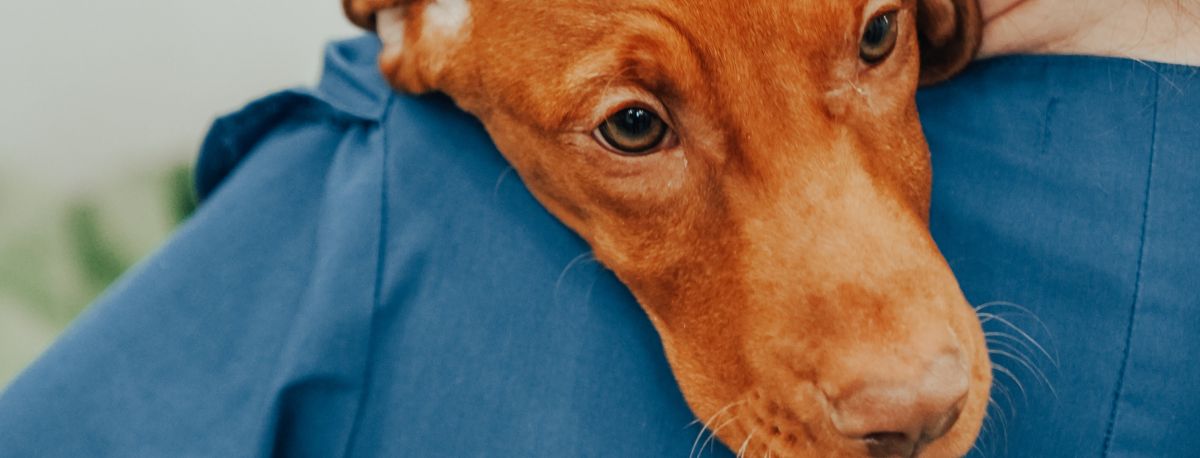
Cholecystectomy in dogs and cats
What is cholecystectomy?
Cholecystectomy is a complete removal of the gallbladder, performed in the surgical treatment of gallbladder diseases. This is a planned or urgent surgical intervention of a high complexity, so it should be performed in specialized clinics with good surgical and anesthetic equipment, a laboratory, and an intensive care unit.
Can animals live without a gallbladder?
Many pet owners ask their veterinarian this question, fearing that their pet will not be able to live a full life after surgery. In fact, many herbivores do not have a gallbladder. That is, after the gallbladder removal surgery, you will simply need to feed your pet more often, in small portions.
Indications for cholecystectomy.
Urgent (urgent) conditions such as perforation of the gallbladder wall, obstruction of the vesicular or common bile duct, abscesses. Scheduled surgeries: mucocele, cholecystitis, cholecystitis that is not amenable to therapeutic treatment, gallbladder neoplasms.
Are there any breeds prone to gallbladder disease?
Yes, there are. There are breeds that are most often diagnosed with diseases of the gallbladder and bile ducts. These include: Cocker Spaniels, Schnauzers, Shelties, Bichon Frise, Beagles, Terriers, Chihuahuas.
What symptoms can you observe if your pet has gallbladder disease?
Most often, gallbladder disease is asymptomatic unless there is obstruction of the bile ducts or perforation of the gallbladder wall. There may also be lethargy, apathy, decreased appetite, increased water intake, yellowing of the skin and mucous membranes, weight loss, abdominal pain, vomiting, elevated blood levels of ALT, AST, GGT, alkaline phosphotase, C-reactive protein in the blood, and sometimes fever.
So how can a patient be diagnosed with gallbladder disease?
The "gold standard" for diagnosing diseases of the hepatobiliary system is an abdominal ultrasound. A fasting diet is required before the examination. Of course, the veterinarian should carefully examine the patient's history and complaints, conduct a fasting blood test, and rule out concomitant diseases such as Cushing's syndrome and hypertension.
What is the procedure for gallbladder removal?
A fasting diet, fresh blood tests, and a coagulogram are required. Since the surgery is performed on the liver, there is a risk of developing coagulopathies, so you need to be prepared for a donor blood transfusion.
Cholecystectomy is a surgical intervention that is performed under general anesthesia and high-quality pain relief. The surgeon performs a laparotomy, visualizes the gallbladder and removes it. He also flushes the common bile duct. Materials are taken for bacteriological culture and histological examination.
After the operation, the patient needs inpatient treatment for one to three days on average, receives antibacterial and analgesic drugs, and then is discharged home.
Scheduled follow-up visits every 3-4 days for ultrasound and examination.
Does the animal's condition improve significantly after cholecystectomy?
Yes, after the surgery and recovery, the patient leads an active lifestyle and can perform normal physical activity within 4-5 weeks after the surgery.
We wish you and your pets health!
Схожі статті
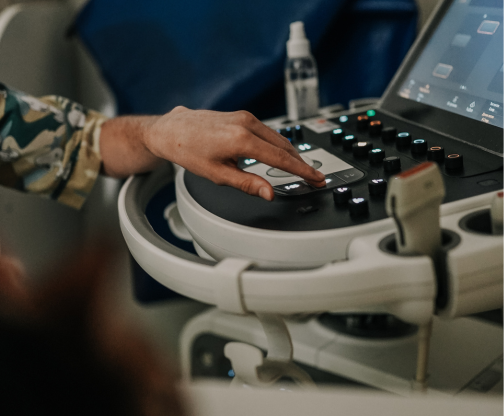
Preparation for ultrasound examination (ultrasound)
It is important to remember that proper preparation of the animal can significantly facilitate the abdominal ultrasound process. By performing this procedure, the doctor can detect possible problems in time and provide proper treatment. High-tech ultrasound is one of the ways to quickly and informatively diagnose and ensure a long and healthy life for our pets.

Brachycephalic syndrome in dogs and cats.
What exactly is brachycephalic syndrome and how to live with it, how to prevent complications for the body that this syndrome can lead to?

WHY ARE DOCTORS NOT ALL-POWERFUL?
A good doctor is worth its weight in gold. Everyone understands this and can spend years looking for the best one, and when they find one, they will expect miracles.
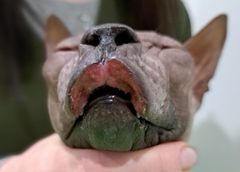
Allergy
Allergy
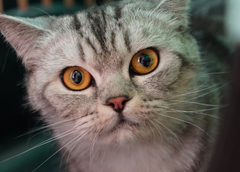
SYNDROME OF TIRED TANKLES IN CATS
Tired antennae of a cat or What do you know about fatigue?

Bacterial myocarditis
This disease is extremely rare in dogs. In cats, it is even less common - 0.006-0.018% of cases.
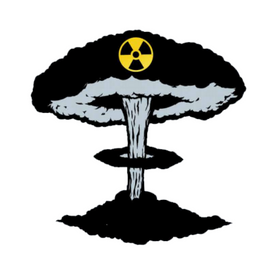
How to protect home lovers from radiation damage.
In recent days, we have received many calls asking for advice on the need to protect animals during a possible radiation exposure.
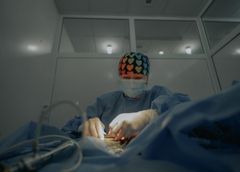
STERILIZATION AND CASTRATION OF CATS AND DOGS
Such operations do not affect the change of the animal's character. They can be done from an early age, in particular from 8 weeks. Convenience, first of all for the animal, is that the young organism has the ability

Side effects of antiparasitic drugs
The need for tick and flea treatments for pets is a well-known fact.
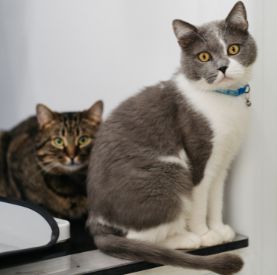
How you can help calm cats and reduce stress today
the head of the felinology department, tells us.

